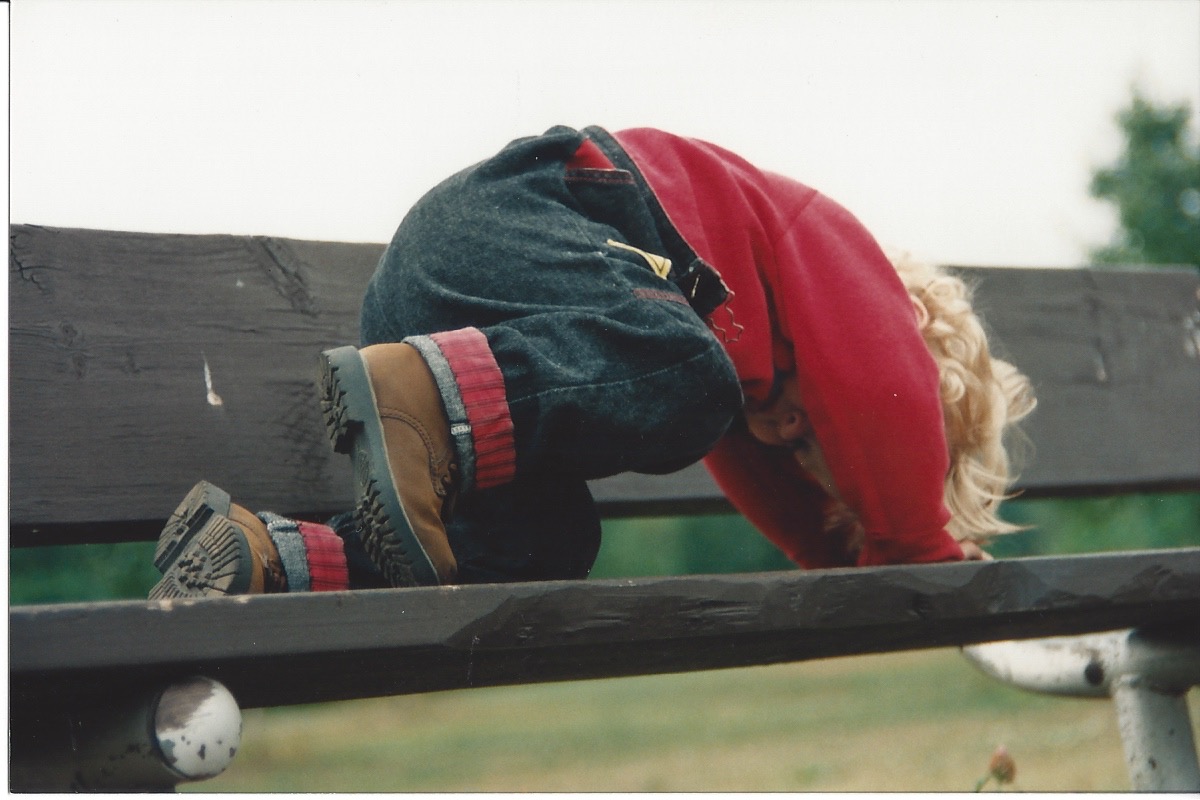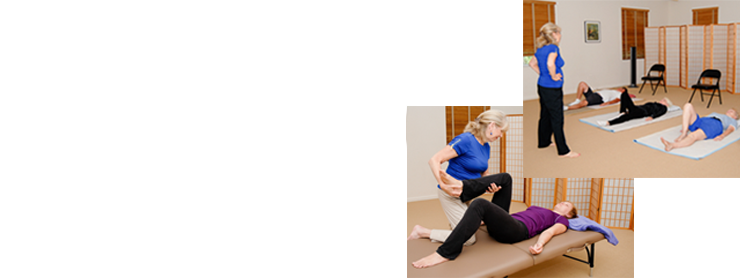Lifelong ( Ageless) Agility
 Wouldn’t it be lovely to be as Agile as we were when we were 2?
Wouldn’t it be lovely to be as Agile as we were when we were 2?
In the fitness world, flexibility is a popular topic. There is a huge market for flexibility or exercises that stretch a muscle here or there with the promise that someday you’ll touch your toes and be able to do all the yoga postures you see friends or people younger and more pliable than you perform. Today, many of us like the idea of being flexible (as well as trim and fit) and we are surprised and concerned when we begin to feel stiff and less able to move than we did before. This creates a cycle; do we do less because we are stiff? Or do we become stiffer because we do less?
Is it flexibility or is it ‘agility’ we are really wanting?
As a physical educator in the early ‘70s, I administered the President’s Fitness Test which measured strength, flexibility, endurance, and agility. Do you remember? With the agility test you had to, within a time limit, move a block from one line on the floor to another and then quickly return. You were bent over and shuffling your feet as fast as possible. Being measured strong, weak, or flexible from other tasks, did not predict how well you would perform on the agility test. This test required everything to come together in a quick coordinated action.
In the study of kinesiology/movement, there is a principal called reciprocal innervation. This is a neurological process that stimulates one muscle group (called agonists) to contract. Automatically this same stimulation inhibits the opposite group (called antagonist) from contracting. For example your biceps contract when you flex your arms and your triceps (antagonists) need to let go, or if they don’t, your bicep needs to work overtime. In a movement action, when the ‘antagonist’ does not receive the message to stop contracting, the synergistic relationship is interrupted and either there is excessive resistance which stops the action before it is designed to do so, OR twice the amount of effort on the agonists part is required. When this continues, movements become more and more limited and you begin to feel stiff, tight and inflexible.
This naturally designed relationship between your muscles (elongating and contracting) allows for easy bending, flexing and freedom of movement. Agility is not about stretching or being flexible. It’s about moving in a coordinated natural way that is not bound with too much muscle holding or too much flexibility. It is agility that allows us to move swiftly, physically and mentally, in a balanced way
The Feldenkrais Method® asks you to recognize habitual patterns of action that do not seem to be in harmony with the intention that you wish to perform. Once you recognize actions that are interfering with light, easy, agile action, you participate in a process that helps you find easier, more natural ways of moving. When being agile is once again natural, more joy in your everyday movements and fewer injuries will occur.
Bonnie will be offering a two day workshop, July 28-30 Regaining, Maintaining Ageless Agility, Friday evening, Saturday and Sunday from 9:30am – 5:00 pm. at Ionie’s, downtown Sarasota.
FYI -Release Your Jaw, Your Voice (TMJ) is scheduled for October 20-22 at Body Electric in St. Petersburg. Call 941.360.2248, cell phone 941.587.4535.

No comments yet.